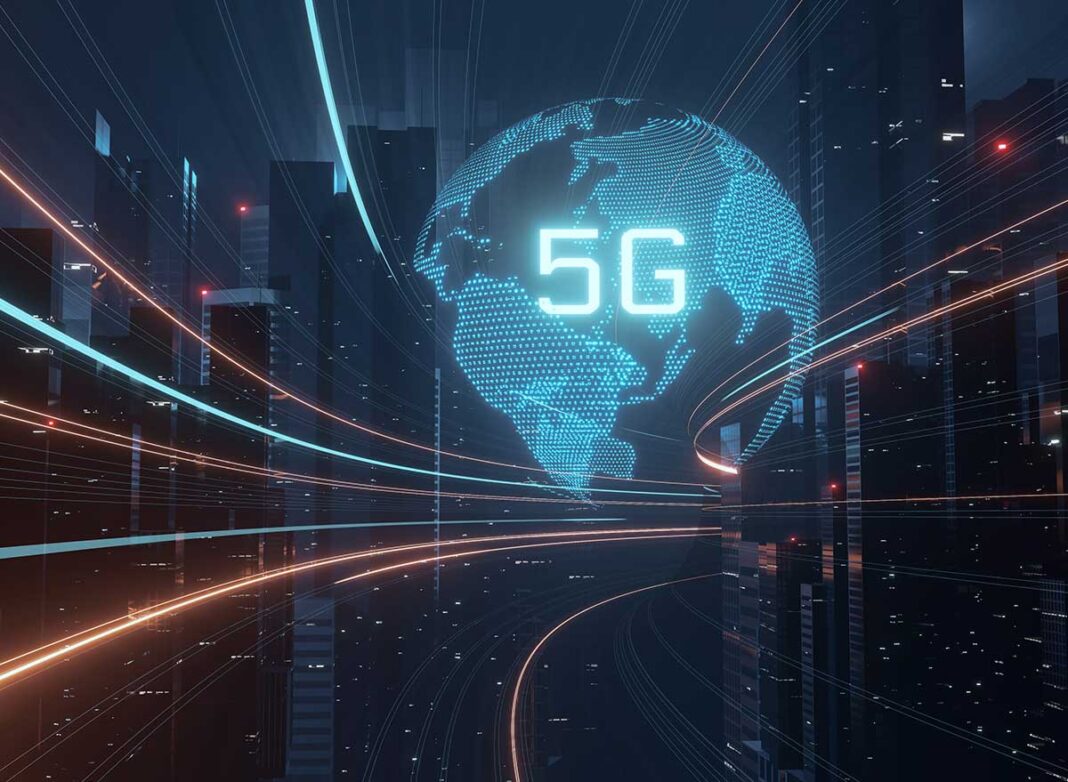What is 5G Technology?
5G is the next generation of mobile network technology and it is expected to be 10-20 times faster than 4G. It will provide a wider range of coverage, higher bandwidth and lower latency. 5G technology is also expected to enable new technologies like self-driving cars, remote healthcare and more.
5G will be able to provide a wider range of coverage. This means that you won’t have any trouble connecting with your device even if you are in an area with poor connection or no signal at all. The higher bandwidth means that you can get large files in seconds rather than minutes or hours, as well as enjoy high-quality videos without buffering. Low latency means that your devices will react much faster when using applications like gaming or video conferencing which require low latency for the
What are the Key Features of 5G Networks?
5G networks will be the next generation of wireless communication networks. 5G networks are expected to provide a wide range of services and applications, including broadband internet access and mobile office connectivity for a large number of devices.
The key features of 5G networks are:
1) Increased data rates: Data rates in the order of tens to hundreds of gigabits per second.
2) Low latency: Latency in the order of milliseconds or less than 10 ms.
3) Higher spectral efficiency: The useable bandwidth is increased by using more spectrum and advanced coding techniques.
4) Massive device connectivity: Ability to connect tens, hundreds or thousands of devices at the same time with high speed data rates and low latency.
Who will be Deploying 5G Networks?
5G is the latest in wireless communication technology. It promises to transmit data at much higher speeds and to provide a more stable connection.
The U.S., China, Japan, and South Korea are among the countries that have expressed interest in deploying 5G networks.
The U.S has been working on developing 5G networks since 2012, with a focus on prioritizing deployment of 5G infrastructure in rural areas and expanding coverage for consumers who live in rural areas or travel through them regularly.
China has been working on deploying 5G networks since 2016 while Japan has been looking into developing 5G networks since 2017 with plans to release it by 2020.
South Korea will be deploying their first commercial network by 2020 as well with plans to expand it nationwide by 2022.
5G Value for Consumers – Is It Worth it?
5G is the next-generation of wireless technology that will be faster, more responsive, and more reliable than 4G. It is a game changer for consumers and enterprises.
This article will cover the benefits of 5G for consumers and enterprises, how it works, and what it means for your business.
The benefits of 5G for consumers are: * Increased speeds * Decreased latency * Less power consumption * More efficient use of spectrum resources
5G Network Architecture & Benefits
5G is the fifth generation of wireless communication standards. It will provide faster data transfer speeds, reduced latency and improved network coverage.
The first phase of 5G roll-out will be in 2020 with the final phase coming in 2025. The first phase will focus on mobile broadband while the second phase will focus on fixed broadband. The third phase is expected to enhance mobile broadband and support IoT applications.
5G Infrastructure & Infrastructure Requirements
The next generation of mobile wireless technology, 5G will provide faster speeds and lower latency than current 4G networks. The infrastructure for 5G networks is being built out now, but there are also many different requirements for the infrastructure that need to be met.
5G can be thought of as a new internet protocol with a new set of standards and specifications. This means that it will require an entirely new infrastructure to support it. While 4G LTE networks were designed for voice and text data, 5G is designed to handle high-speed data transfers in excess of 20 Gbps (gigabits per second) and low latency in the range of 1 ms (milliseconds).



